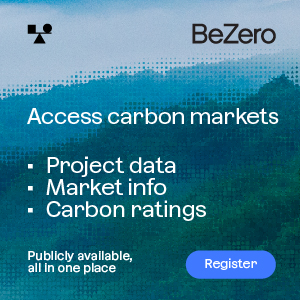The EU is unlikely to allow more than a very limited amount of international carbon credits for its fourth trading phase as it grapples with oversupply, market analysts said on Tuesday.
“I find it hard to think they (EU regulators) will allow that after doing so much to support prices,” Trevor Sikorski of Energy Aspects told delegates at the Carbon Expo conference in Barcelona.
EU lawmakers have passed both backloading and MSR reforms in an attempt to tackle the ETS’s massive oversupply of more than 2 billion allowances, which caused prices to plunge from above €30 in 2008 to below €10.
Sikorski said the EU ETS linking directive to allow 1.4 billion offsets to be used over 2008-2012 was “a big part of the reason for low prices.”
“The main lesson is that low carbon prices are no more politically acceptable than high prices are. (The EU) put in a lot of policy because of political fear for low prices,” he said.
In his opening address to the Expo, Europe’s climate commissioner Miguel Arias Canete said the EU ETS was the cornerstone of the bloc’s climate and energy policies and that “an important part of our work is getting the EU ETS working at home.”
But he reiterated the EU’s line that the bloc could deepen its 2030 emission reduction target of -40% on the basis of a strong global deal at the year-end in Paris, and that this could involve use of international markets.
ETS emitters have almost exhausted their 1.6 billion quota of offsets for 2008-2020, with EU data earlier this month showing they only had around 20 million a year remaining.
BNEF analyst James Cooper agreed with Sikorski that the EU would be reluctant to allow a large volume of offsets for the post-2020 period but said the bloc could allow a small number with little effect on EU prices.
“It’s politically feasible to allow some input, maybe as a way of revitalising the CDM or to get more (countries) on board … although not to a great extent because there isn’t the political motivation for the EU to revitalise the CDM by itself,” he said.
He suggested up to 100 million tonnes as a possible figure for the post-2020 ETS trading phase.
By Ben Garside – ben@carbon-pulse.com



